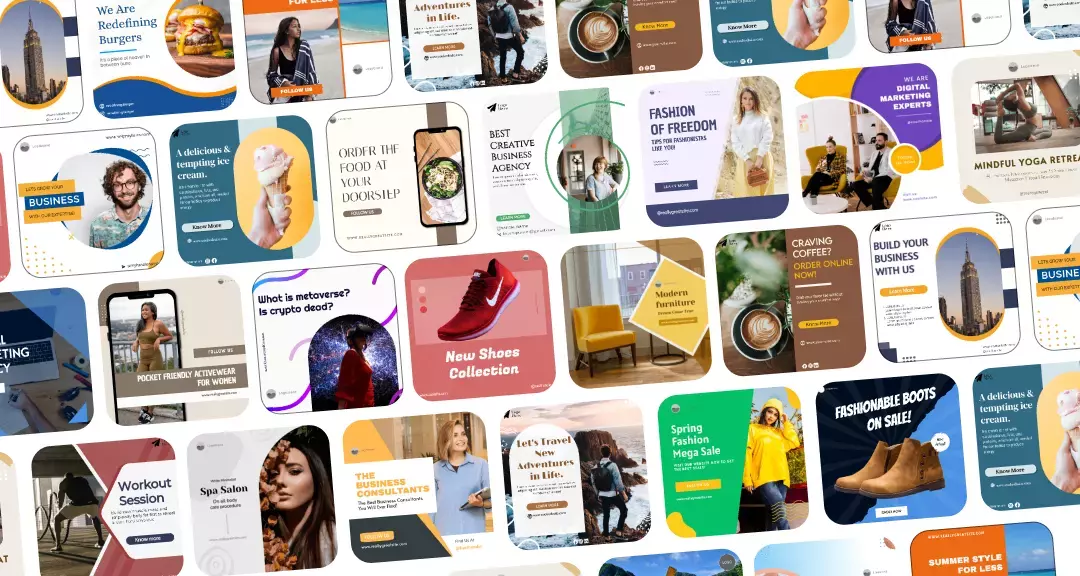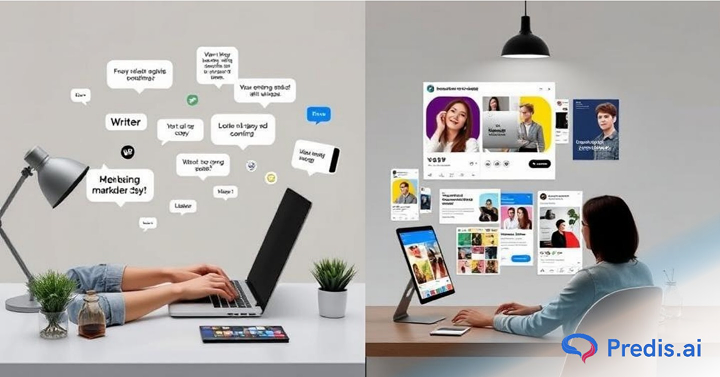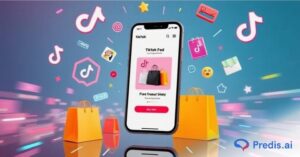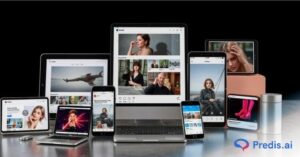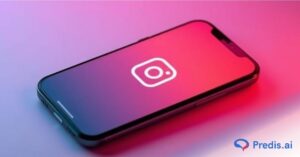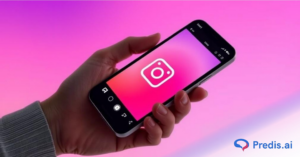In the noisy world of digital advertising, you’re fighting for milliseconds of attention. The question that often arises is: What really makes an ad work, is it the ad copy or the ad visuals? In this blog, we dive deep into the debate of ad copy vs ad creatives, breaking down the psychology, strategies, real-world brand examples, and A/B test insights to help you in crafting high-performing campaigns for ad creative success in 2025. So, let’s get started right away!
Ad Copy vs Creatives – Comparison at a Glance
| Distinguishing Factor | Ad Copy | Ad Creative |
| Purpose | Conveys a story and brings higher engagement rate | Grabs attention and helps align with the brand image |
| Good attributes needed | 1. Should spark curiosity 2. Elaborate on a pain point of the user 3. The wording and tone should match the target audience of choice 4. The CTA should be compelling and match the landing page content | 1. Should bring an emotional reaction 2. Need to stand out from the rest of the screen 3. Should help the user focus on the right elements |
| Mistakes to avoid | 1. Using jargon and not customer-specific language 2. Being too salesy and pushing users to purchase 3. Failing to convey the value customers receive | 1. Using low-quality images 2. Not aligning with brand elements |
Why Ad Creatives are Important?
With skyrocketing CPMs and decreasing attention spans, the average creative simply won’t lead you to success. Studies show that ad creatives contribute to 70-80% of campaign performance. Whether it’s a catchy slogan or a scroll-stopping image, how your ad looks and sounds has a direct impact on engagement, click-through rates, and conversions.
Consumers today are more likely to respond first to emotion, then to logic. That emotion is sparked instantly through high-performing visuals and reinforced through words.
How Ad Creatives/Visuals Drive Instant Action?
When compared to text, visuals are processed around 60 thousand times faster. They have a significant impact on the manner in which subconscious responses are triggered, including trust, interest, and a sense of urgency. In this manner:
- Red is known to generate a sense of urgency, blue is known to develop trust, and yellow is known to capture attention, according to the color theory.
- You should make your primary message stand out through the use of size, contrast, or positioning in the visual hierarchy.
- Faces and human emotion: People can connect more quickly. UGC-style images frequently outperform designs created by studios.
There is a strong preference for visual content on platforms such as Instagram and TikTok, where creativity itself is the primary factor in determining reach and engagement.

Why is Ad copy Effective?
The ad copy is what drives action, but the images are what force the user to stop scrolling. Excellent ad writing makes use of:
- Pain, desire, fear of missing out (FOMO), and relief are examples of emotional triggers.
- Proven frameworks include:
- Attention, Interest, Desire, and Action, or AIDA for short.
- Problem, the Agitation, and the Solution (PAS)
- Clear, concise, compelling, and credible are the 4 Cs.
The phrase “Never miss a deadline again” is an example of a well-written statement that not only informs but also reassures and helps convert.
Ad Copy vs Ad Creatives: How They Influence Different Funnel Stages?
The mindset of your audience shifts as they progress through the progression of the funnel. Therefore, your creative strategy ought to be:
- Top of the Funnel (TOFU): To increase awareness, use pictures that are striking and attention-grabbing. Reduce the amount of copy.
- MOFU (Middle) strategy: involves combining informational or trust-building prose with visually appealing content.
- BOFU (Bottom): A call to action (CTA) and benefit-led copy should be prioritized, and product-in-use pictures should be included.
An example of this might be a skincare firm using a vivid graphic for TOFU, a carousel with suggestions for MOFU, and a video testimonial from a customer for BOFU.
Ad Copy vs Ad Creatives? When to Choose Each?
Depending on the ad format, one element might take the lead:
| Format | Visual Priority | Copy Priority |
| Static Images | High | Medium |
| Video Ads | Very High | High (voiceover/subtitles) |
| Stories/Reels | Extremely High | Low to Medium (stickers, captions) |
| Carousels | High | High |
| Display Ads | High | Low |
Always match the creative weight to the platform’s algorithmic preference and user behavior.
How do Ad Copy + Ad Creatives work together?
Let’s settle the debate with numbers. A recent A/B test by a DTC brand revealed:
- Visual-led Ad: 30% higher CTR, but lower conversion.
- Copy-led Ad: Lower CTR, but 45% better ROAS.
- Balanced Ad: Highest overall performance—7% increase in CTR and 22% increase in conversion.
There are many ways in which both these elements work together to tilt the scales in your favour. For example
- A well-designed graphic can supplement the ad copy message and convey it better to the audience.
- Many studies have shown that visual and copy-driven messaging have higher chances of being remembered well by the viewers. This can further improve brand recall
Takeaway? It’s not about choosing one side. The synergy between visuals and copy drives real success.

How to Stand Out with Visual Storytelling?
In 2025, your ad needs to be more than pretty—it needs a story. Here’s how to visually tell a compelling story:
- Start with a relatable visual hook (e.g., real people, behind-the-scenes, pain-point illustration).
- Use motion or sequential design to build curiosity.
- End with a visual CTA (arrows, button graphics, brand cue).
Role of Team Collaboration in Ad Creative Success
High-converting creatives don’t happen in silos. Designers and copywriters must collaborate with marketers to:
- Define the campaign objective clearly.
- Agree on tone, message hierarchy, and visual direction.
- Create iterative drafts and test creatively.
Agile collaboration ensures faster turnaround and fewer bottlenecks.
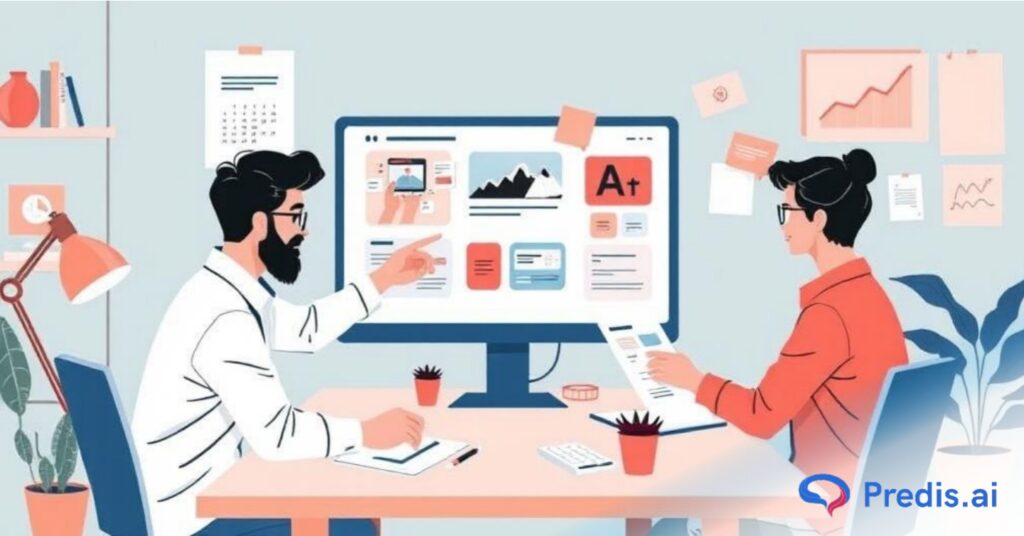
Why you should not neglect creatives or copy?
Neglecting copy leads to confused messaging. Ignoring visuals means your ad gets lost in the feed. Brands that fail to align both often see:
- Lower engagement
- Higher CPCs
- Poor brand recall
- Wasted media spend
An example: A great offer with blurry visuals will get ignored. A beautiful ad with vague copy won’t convert.
6 Inspiring Copy and Visual Combos
- Airbnb: Experience and FOMO driven ad copy. Airbnb has coupled that with an interesting video of the experience, making it an irresistible offer.

- Grammarly: problem-solution copy, as can be seen in the image below. In this Grammarly ad, the team has gone straight to the basics. They look at the problem their users face, and show how their products solve this issue with a simple checklist. No complicated copy or graphics!

- Headspace: Minimal design + soothing, emotional ad copy liner. This ad design and copy go with the overall theme of the company.

- Nike: problem-solution format + benefit-driven solution. This is a classic example of a product showcased in a desirable way to make it appealing to the user.

- Blinkist: empowering ad + benefit-driven copy. Another example of how a clever ad copy can instill the right emotion through which someone could be driven to convert.

- Glossier: UGC visuals + casual, relatable voice. Finding the right blush is always a hard task, which is why this cloud paint concept can be interesting to try out.

How to A/B Test Visuals vs Copy for Your Brand?
- Isolate Variables: Test one change at a time—copy OR visual creatives.
- Use Tools: Meta Experiments, Google Ads Experiments, or VWO.
- Track the Right KPIs:
- CTR = visual impact
- Conversion rate = copy persuasion
- ROAS = full creative impact
Always run A/B tests for at least 7 days or until statistical significance is reached.
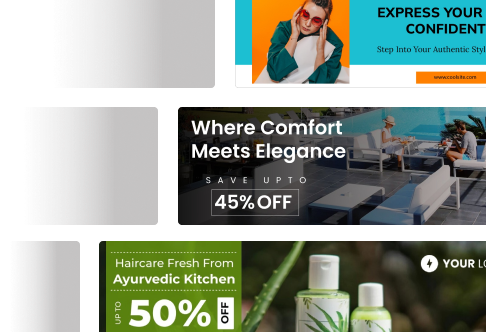
Conclusion
In the end, asking “which matters more—copy or visuals?” is like asking which matters more in music: melody or lyrics. Your ad copy is the voice. Your creativity is the face. Together, they create impact, connection, and conversion.
Always test, analyze, and most importantly—think like your audience. Because the ad that wins is the one that resonates.
FAQ:
Ad creatives and copy both serve a unique purpose, and combined, they make the ads a success. Ad creatives help gain the attention of the viewer, and the copy convinces them to click and convert.
Ad creative poses a major impact on CTR since it first appeals to the user and stops the scroll. But after that, ad copy also plays an important role in convincing the viewer to click.
You may also like,
